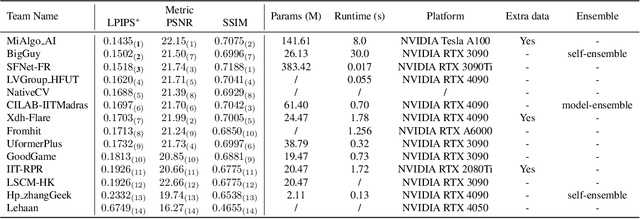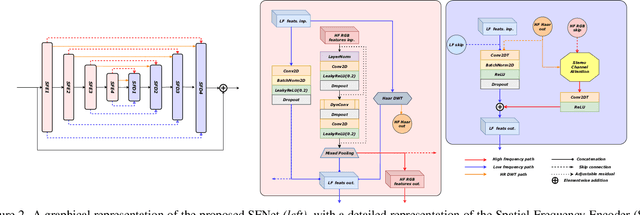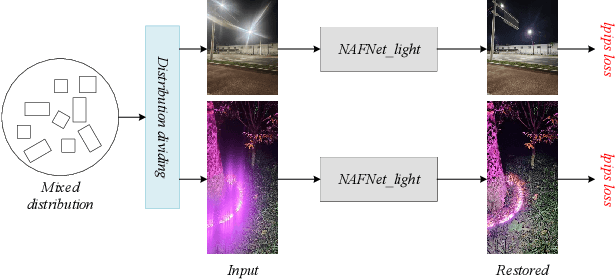Yuqi Miao
MIPI 2024 Challenge on Nighttime Flare Removal: Methods and Results
Apr 30, 2024



Abstract:The increasing demand for computational photography and imaging on mobile platforms has led to the widespread development and integration of advanced image sensors with novel algorithms in camera systems. However, the scarcity of high-quality data for research and the rare opportunity for in-depth exchange of views from industry and academia constrain the development of mobile intelligent photography and imaging (MIPI). Building on the achievements of the previous MIPI Workshops held at ECCV 2022 and CVPR 2023, we introduce our third MIPI challenge including three tracks focusing on novel image sensors and imaging algorithms. In this paper, we summarize and review the Nighttime Flare Removal track on MIPI 2024. In total, 170 participants were successfully registered, and 14 teams submitted results in the final testing phase. The developed solutions in this challenge achieved state-of-the-art performance on Nighttime Flare Removal. More details of this challenge and the link to the dataset can be found at https://mipi-challenge.org/MIPI2024/.
Levenberg-Marquardt Method Based Cooperative Source Localization in SIMO Molecular Communication via Diffusion Systems
Mar 16, 2022



Abstract:Molecular communication underpins nano-scale communications in nanotechnology. The combination of multinanomachines to form nano-networks is one of the main enabling methods. Due to the importance of source localization in establishing nano-networks, this paper proposes a cooperative source localization method for Molecular Communication via Diffusion (MCvD) systems using multiple spherical absorption receivers. Since there is no exact mathematical expression of the channel impulse response for multiple absorbing receivers, we adopt an empirical expression and use Levenberg-Marquardt method to estimate the distance of the transmitter to each receiver, based on which the location of the transmitter is obtained using an iterative scheme where the initial point is obtained using a multi-point localization method. Particle based simulation is carried out to evaluate the performance of the proposed method. Simulation results show that the proposed method can accurately estimate the location of transmitter in short to medium communication ranges.
 Add to Chrome
Add to Chrome Add to Firefox
Add to Firefox Add to Edge
Add to Edge